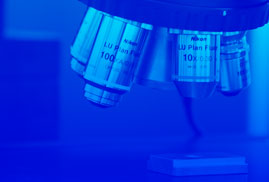In the era of Industry 4.0 and the Digital Factory, sensor data flow is indisputable for achieving intelligent manufacturing. However, this entire data flow must be part of a digitalisation strategy that requires modelling and optimisation at different levels, with the aim of adding value to the manufacturing data. This article focusses on the use of the discrete event simulation as a modelling and decision-making tool in the design, improvement and optimisation of complex production systems. This technique allows digital models to be created that can also be fed with real plant data thus creating the production Digital Twin.
This article analyses the use of this technique in production environments. The characteristics and elements are identified of the production cells and lines from the perspective of the manufacturer and supplier of these types of solutions, and the systems of elements for consideration in the modelling and simulation of automated production systems are proposed.
As a demonstration of the discrete event simulation technology in increasingly automated production environments, two case studies are given. The scope of the first case study is a plant made up of different workshops, where the handling of the elements is carried out by means of self-guided handling vehicles and gantries. The second case deals with a linear flow production system, where handling is by means of a single part linear gantry. In the latter case, simulation is combined with multi-objective optimisation.



